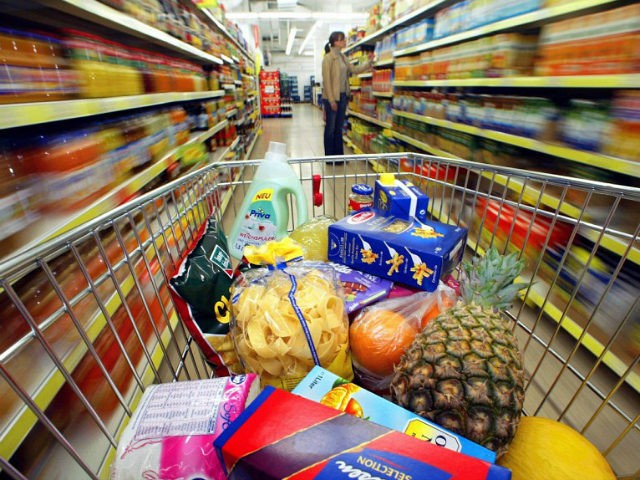The Trump administration unveiled its 2018 Farm Bill Wednesday, proposing pathways for food stamp recipients to get back to work.
The four-page document released Wednesday emphasized the need for “work” to be “the pathway to self-sufficiency” for many food stamp users.
The recently released U.S. Department of Agriculture (USDA) initiative’s goal is to get more able-bodied adults into jobs or enrolled in job-training programs in the hopes that they can be less dependent on government assistance.
Agriculture Secretary Sonny Perdue told a group of reporters at a farm near Mifflintown, Pennsylvania, that the administration is looking to implement “work requirements” at the federal level to discourage government dependence and promote “an independent lifestyle.”
“It’s evident that there are able-bodied adults without dependents who are on the food stamp program, who we believe it is in their best interests, and their families’ best interests, to move into an independent lifestyle,” Perdue announced Wednesday. “During the last downturn, it became a lifestyle for some people. We don’t want it to become permanent.”
Perdue added that creating a federal law that requires able-bodied adults to receive government assistance would also save the government billions of dollars. Several states have already passed legislation introducing work requirements to receive government benefits at the state level, with some passing laws as early as 2013.
Enrollment in the food stamp program, otherwise known as the Supplemental Nutrition Assistance Program (SNAP) dropped by two million in fiscal year (FY) 2017, in the first year of Donald Trump’s presidency.
But enrollment in the program spiked by 3.5 million in the first month of FY 2018, bringing the total number of people enrolled in SNAP to 45,641,674, according to the latest data from the USDA from October 2017.

COMMENTS
Please let us know if you're having issues with commenting.